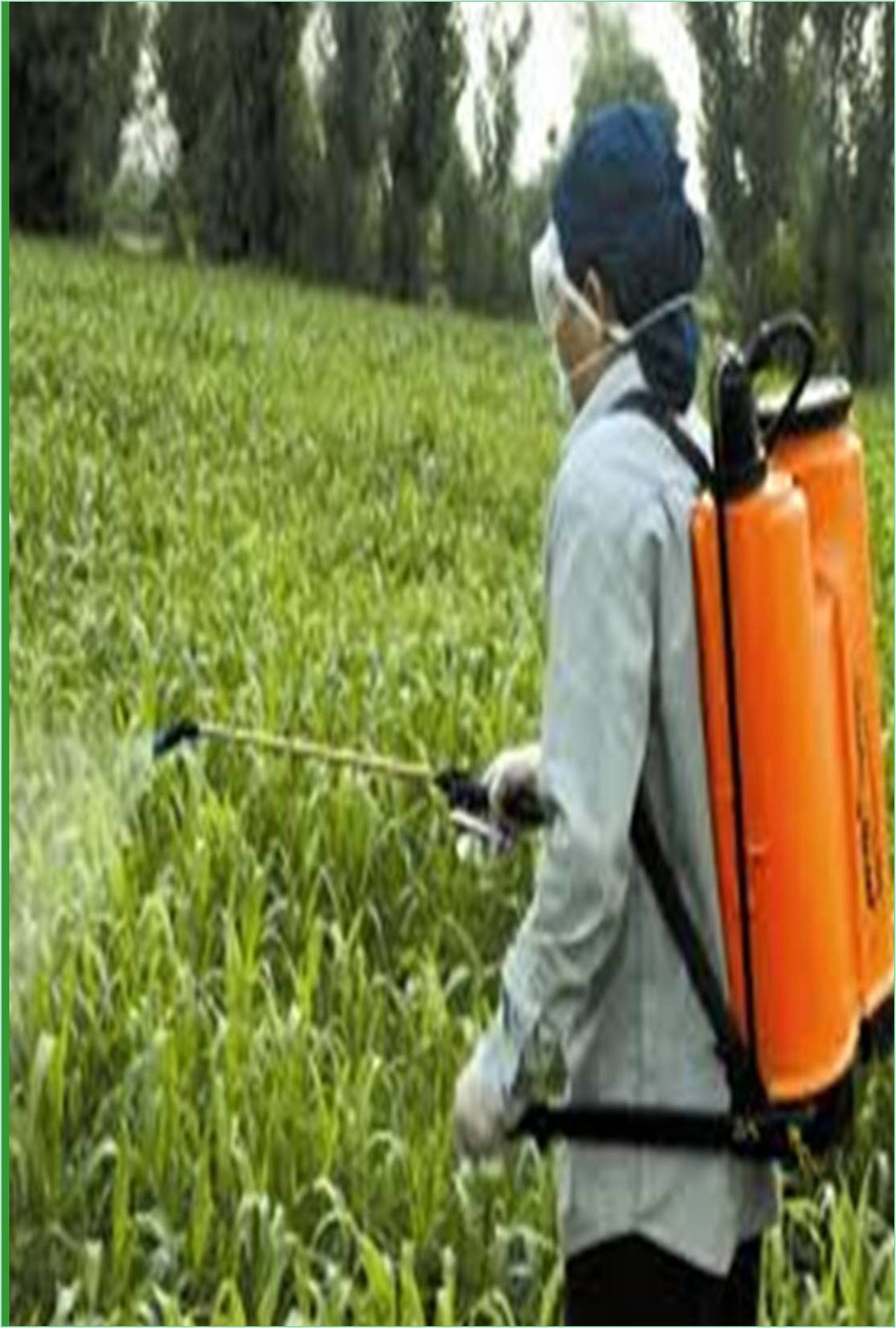



Received: 26-Jan-2022, Manuscript No. GJPDCP-22-59581; Editor assigned: 28-Jan-2022, Pre QC No. GJPDCP-22-59581 (PQ); Reviewed: 11-Feb-2022, QC No. GJPDCP-22-59581; Revised: 14-Feb-2022, Manuscript No. GJPDCP-22-59581 (R); Published: 21-Feb-2022, DOI: 10.15651/GJPDCP.22.7.44
As most organic farmers agree, pest control is far more important in natural farming techniques than eliminating pests completely. Due to organic farming regulations, organic farmers have few options for controlling crop pests and diseases compared to traditional farming. However, the most important pests can still be controlled by manipulating the processes of the agro ecosystem for the benefit of plants and the disadvantages of pests. A limited number of crop protection active ingredients approved for use in organic farming can support natural and biological pest control agents in controlling pests and diseases. Organic farming is a comprehensive production system that maintains the health of soil, ecosystems and people. Instead of using adverse inputs, it relies on cycles adapted to ecological processes, biodiversity, and local conditions. Organic farming combines tradition, innovation and science for the benefit of a shared environment, promoting fair relationships and good quality of living for all involved. Pest control in organic farming is achieved by using appropriate cultivation techniques, biological control, and natural pesticides (mainly derived from plants or animals). Weed control, which is a major concern of organic farmers, can be addressed through cultural practices such as mechanical cultivation, mulching and flaming. Organic farming is characterized by more arthropod fauna diversity and protection from natural enemies than traditional farming.
In agricultural crops, crop rotation, crop variety selection, planting and harvest timing, irrigation management, crop rotation, and the use of trap crops help to reduce the population of weeds, microorganisms, insects, mites, and other pests. There are five innovative ways for farmers to fight pests.
Crop Rotation
Crop rotation is an efficient way to prevent pests from getting used to the plant species in which they are grown. This method alternates between plant species grown every year. This cultivation method not only controls pests, but also increases soil fertility.
Intercropping
Intercropping means growing two or more crops in the same field at the same time. When different crop species are cultivated in the same field, it is efficient to attract pests from the target host crop because there is a certain distance between crops of the same species.
Maintaining Plant Diversity
Farmers can also protect their crops from pests by increasing the biodiversity of the vegetables, plants and fruits they grow. This reduces the likelihood that the crop will be damaged by pests.
Using Pests to Fight Pests
This is a method of using pests to control pests. Some farmers in the west have introduced predatory insects such as ladybugs and mites that kill other pests to avoid crop damage.
Organic Pesticides
Another primary reason to switch to organic pesticides is how it allows farmers to turn agricultural outputs into natural pesticides and does not affect their health or damage the crops. While it is common for most Indian farmers to use neem as a natural pesticide, farmers in Nepal spray `Zhol Mol` an organic liquid pesticide made of neem leaves, Timur (a Nepali spice), garlic, and water to their vegetables and fruits.
Pesticides are the most common pest control method which can be done by anyone. They are very simple to use, especially the ones which come in a spray. However, some of these substances may cause cancer and are very harmful to the environment. There are many plants that can be grown to attract natural predators and parasites that help control pests and diseases. Ploughing and cultivation the soil before sowing, the burden of pests is reduced and there is a modern tendency to limit the use of pesticides as much as possible. This can be achieved by monitoring the culture, applying pesticides only when necessary, and growing pest-tolerant varieties and crops.